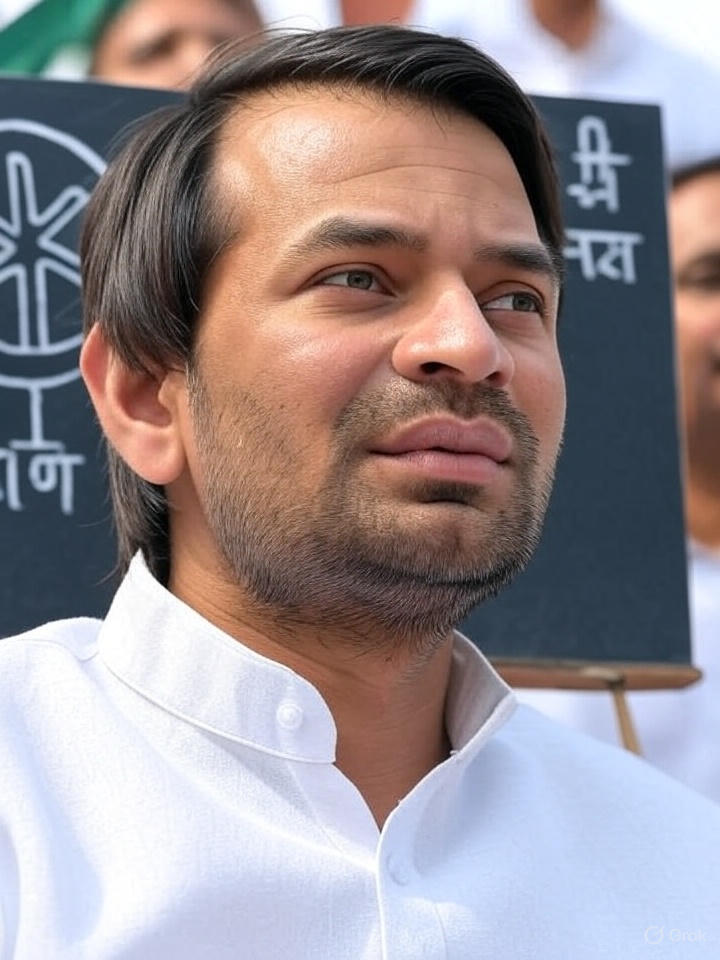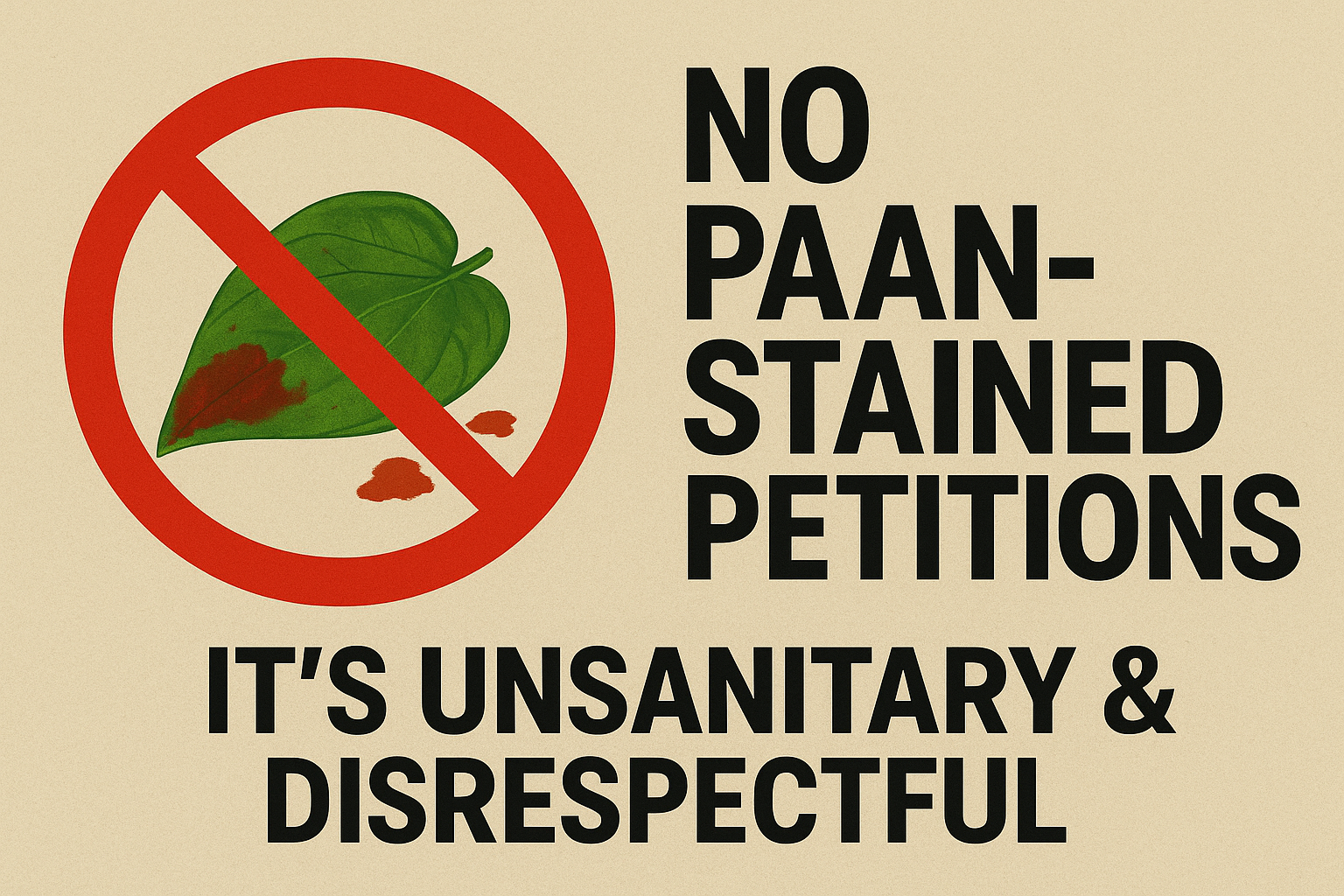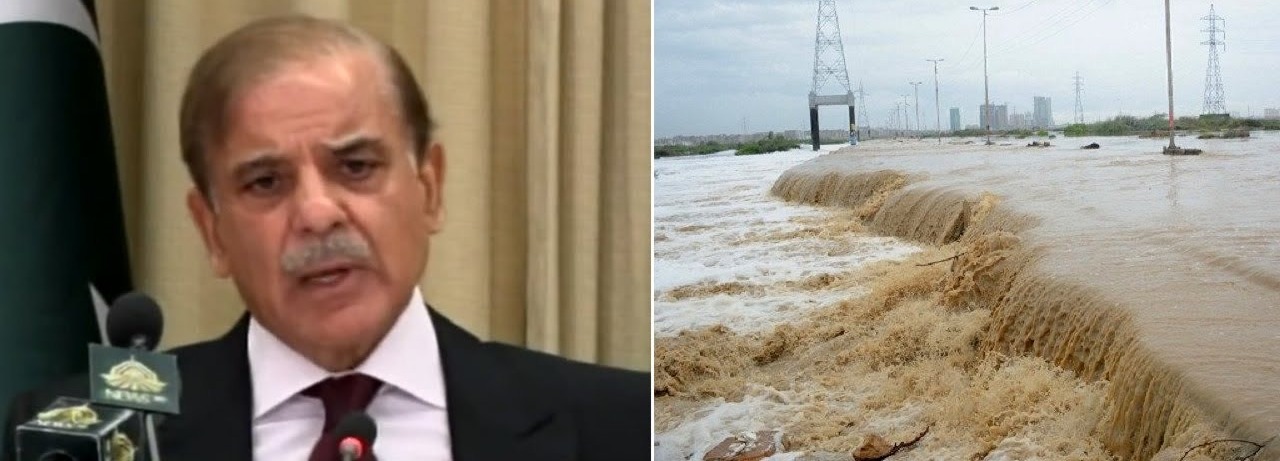
The story of Haryana’s farm fires is not one of ignorance or stubbornness. It is one of a broken system—where policy stops at paper, machines arrive too late, and farmers are left to fend off both crop waste and government indifference.
Over 2,300 stubble burning incidents were confirmed across 13 districts by May 3, 2025, according to data from the Haryana Space Applications Centre (HARSAC). This isn’t just a statistic; it’s a sign that something foundational is broken in the way we manage agriculture, environment, and rural livelihoods.
Surveillance in High Definition, Solutions in Low Resolution
State officials boast about tracking every spark with satellite imagery and drone surveillance. Yet, beyond the data sheets and FIRs lies an unspoken truth: surveillance without support is little more than a scare tactic.
While it might seem proactive to file legal notices and threaten subsidy cuts for violators, many farmers claim the support promised to help them avoid burning—like Happy Seeders, Super Straw Management Systems, and on-ground technical help—is either delayed, insufficient, or non-existent. Farmers from Hisar, Jind, and Sirsa have expressed frustration at government promises that rarely translate into field-level assistance.
“They talk about machines, but we don’t even know who to contact to get one. We’re told not to burn, but what else are we supposed to do?” said Rakesh Malik, a wheat farmer from Jind.
Not Just a Fire Problem, a Timing Problem
April and May are often overlooked when discussing farm fires, with the national spotlight usually turning to the winter burning crisis in Punjab. But Haryana’s wheat harvest cycle ends in late April, and the pressure to clear fields before the next sowing season builds instantly. This tight turnaround means that unless immediate and affordable alternatives are available, fire remains the quickest tool.
Yet, burning in this season has been largely ignored in both public dialogue and policymaking, leading to a dangerous vacuum.
Ground Zero Voices: Fear, Not Rebellion
It is tempting to assume that these acts are defiant. But on the ground, what emerges is not rebellion but resignation. In interviews, farmers voiced fears not just of legal repercussions but of worsening debt, low market prices, and unpredictable weather patterns.
“We know it’s bad. We know the damage. But try finding a laborer who will clear stubble for what we can pay. Try booking a machine in peak season when there are only two for an entire tehsil,” said Meena Rani from Fatehabad.
Some farmers mentioned informal warnings from local authorities but said those were rarely accompanied by any meaningful help. A few even feared their MSP eligibility would be revoked based on false accusations or automated drone footage.
The Administrative Echo Chamber
Despite receiving detailed field-level reports, district commissioners and agricultural officers often act as intermediaries rather than problem solvers. When caught between state targets and local limitations, the result is predictable: policy posturing in Chandigarh and paralysis in the fields.
Kharkhoda’s Deputy Commissioner admitted that while FIRs were filed, few of those farmers were ever met in person. This disconnect has become the hallmark of Haryana’s crop fire policy: visually aggressive, functionally passive.
The Environmental Cost: Invisible but Immense
Farm fires aren’t just about carbon footprints or PM2.5 levels in Delhi. They devastate local soil health, disrupt groundwater cycles, and push ecological thresholds to dangerous levels. Yet, environmental costs are rarely part of the political equation.
In 2024 alone, Haryana recorded over 18,000 such fires—each one an ecological time bomb. But the current year’s numbers, particularly in April and May, prove that firefighting rhetoric hasn’t cooled the embers.
Intimidation Is Not Incentivization
Enforcement without empathy has its limits. Haryana’s aggressive tactics may make for good headlines, but they have created a toxic environment—not just for the air, but for trust. Instead of building partnerships, the state has resorted to punishment.
What farmers really want is predictability: of rainfall, of market prices, of government schemes. They are not enemies of the environment—they are its frontline defenders when properly empowered.
What Needs to Change
1. Subsidy Before Sowing: Farmers need access to alternative machinery before the harvest ends, not weeks after.
2. District-Level Machinery Banks: Equipment should be available on a shared basis, managed locally with clear accountability.
3. Real-Time Training: Instructional support in regional languages, preferably through community leaders, can bridge the knowledge gap.
4. Insurance Incentives: Offer better insurance or input subsidies to farmers who commit to residue-free farming practices.
5. Transparent Monitoring: Public dashboards showing which districts have been supported, and how, can prevent selective enforcement.
A Test of Political Will
The failure to curb Haryana’s summer stubble burning isn’t just an environmental story. It is a story of administrative inertia, of policy disconnected from the people it aims to serve. It is a litmus test of whether Indian governance can evolve beyond surveillance and slogans, to become responsive and rooted in ground truths.
As summer scorches on and headlines shift elsewhere, the fields of Haryana continue to burn. Until governments learn to listen more than they lecture, the smoke will rise—not just from fire, but from frustration.



.jpeg)


.jpeg)




.jpeg)

.jpeg)


.jpeg)


.jpeg)

.jpeg)